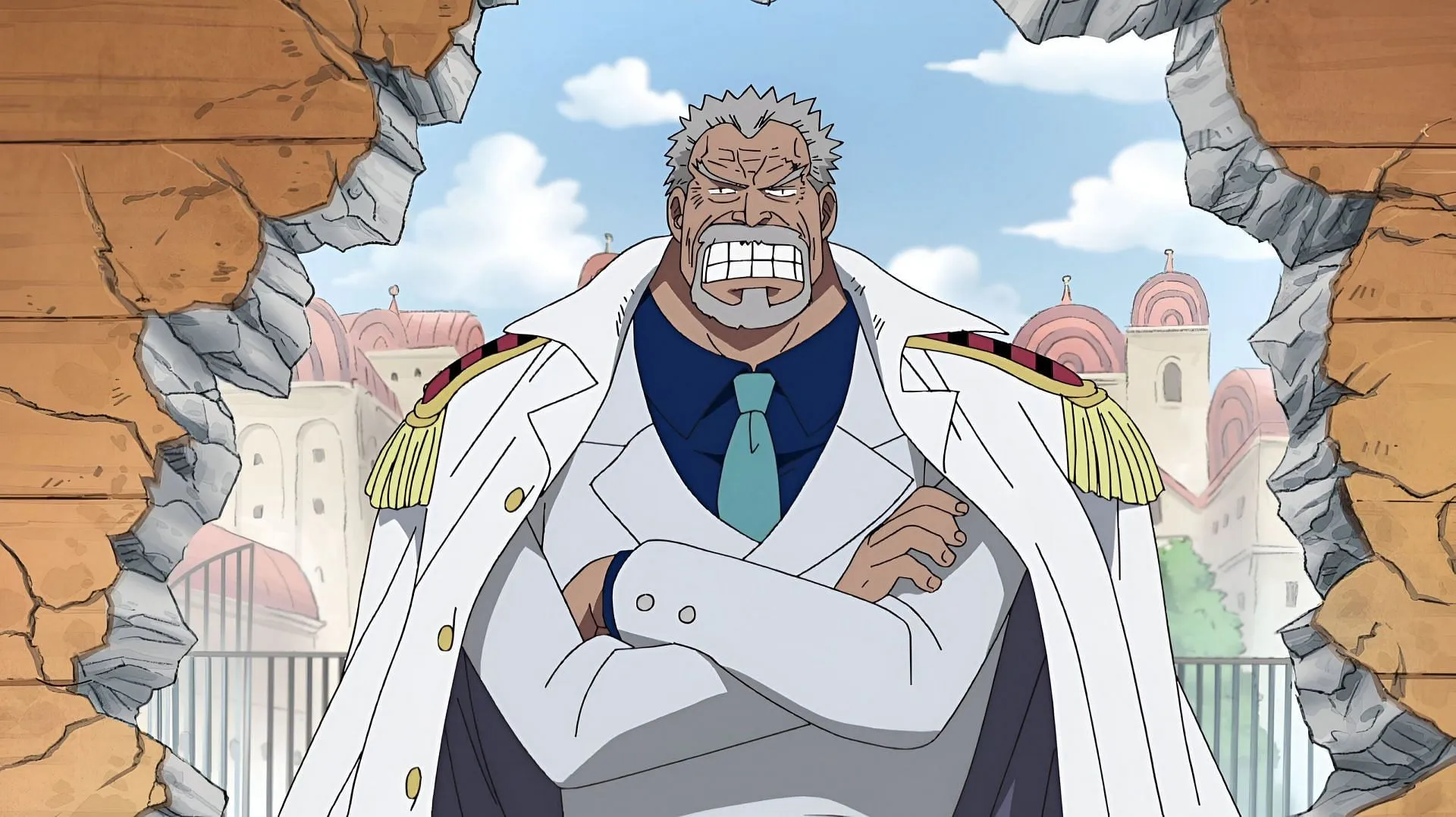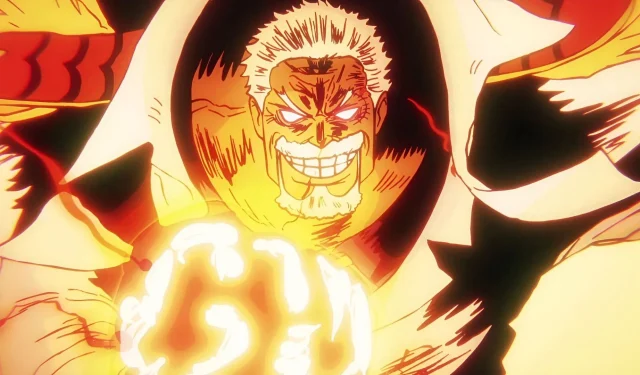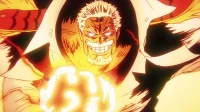In the world of One Piece, Haki plays a crucial role, symbolizing a person’s willpower. Traditionally categorized into three forms—Observation, Armament, and Conqueror’s—it seems we may soon witness the introduction of a fourth Haki type, potentially influenced by the “Power of Love.”Unlike the typical motivations of ambition and dominance, this new form appears to derive strength from profound emotional connections, unlocking possibilities that surpass the traditional boundaries of Haki.
This evolving narrative thread suggests a transformative shift in the Haki system as the Straw Hats journey towards Elbaph. Here, the formidable force of love could redefine how bonds shape destinies and challenge the mightiest entities within the world of One Piece.
Disclaimer: This article presents speculative theories based on personal interpretation.
Emerging Evidence for a Fourth Haki: The Power of Love in One Piece
Observant fans have caught early indications of this emotional power surfacing through key incidents in the series. Notably, Monkey D. Garp’s “Fist of Love”seems to embody more than mere physical force—implying that there’s an emotional resonance attached to his strikes against Luffy, extending beyond conventional Haki.
Similarly, Sanji’s recent prowess in combat—especially his remarkable ability to counter Kizaru’s lightning-fast assaults—suggests realms of capability that exceed standard practices of Armament or Observation Haki. Furthermore, Scopper Gaban’s success in injuring the Holy Knights raises questions about Haki, appearing to operate under different rules than established applications.
What ties these various instances together is the emotional state of the attackers. Their abilities seem propelled not solely by willpower but also by protective instincts and deep-rooted emotional bonds. This leads to the intriguing idea that the Power of Love may signify a sophisticated evolution of Haki, activated when emotions harmonize with intention.
Unlocking New Dimensions of Haki Through Love
The emerging theory posits that the Power of Love allows users to manifest their emotions into physical reality, effectively bending natural laws. This concept could elucidate some seemingly miraculous feats: Luffy’s Red Hawk producing flames despite him lacking fire-based abilities, Shanks’ unique technique that negates future sight, and Sanji’s resilience in the face of seemingly crippling attacks.
A defining factor of this prospective fourth branch is its activation method. Unlike standard Haki, which relies on deliberate focus, the Power of Love appears to spring from extreme emotional states, often erupting in moments of crisis. Remarkably, once activated, users can reportedly recreate these powers by recalling the initial emotional trigger, making what seemed impossible reproducible.
Elbaph: The Ideal Setting for Haki Evolution
Elbaph, with its roots in Norse mythology, emerges as the perfect narrative stage for revealing this next leap in Haki. Norse giants symbolize primal emotional forces, paralleling the themes of harnessing emotions as sources of immense power.
Furthermore, the giants’ warrior culture, emphasizing honor and emotional connections, sets an ideal backdrop for exploring how love and other deep feelings can transform into tangible abilities. Sanji, in particular, epitomizes the potential of this Power of Love; his character development frequently highlights emotional depth and protective instincts over sheer ambition.
As Sanji’s enhanced abilities appear to correlate directly with his emotional experiences rather than physical training or sheer will, he may soon transform into the embodiment of this new concept of power in One Piece. As Oda deepens Sanji’s narrative, we can expect to witness the representation of love as a driving force for strength.
Conclusion: A New Chapter in the Haki Saga

As One Piece forges ahead into its concluding saga, the potential expansion of the Haki system reinterprets numerous past events. This evolution not only augments excitement but also redefines future power scaling within the series.
If emotions can manifest as powers that alter reality, it implies that ultimate conflicts may hinge less on raw willpower and more on the depth of one’s emotional convictions. Such a shift adds significant layers to the power system, ensuring that character development and emotional journeys remain central to the overarching narrative, even as the stakes escalate toward the ultimate treasure of the One Piece.


